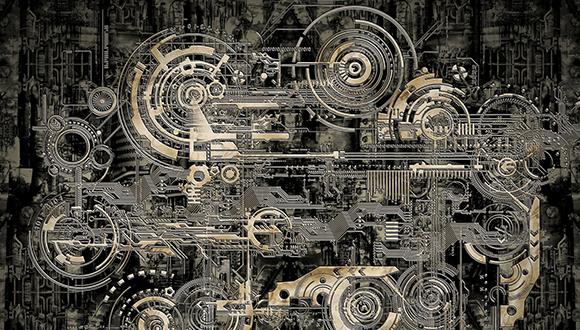School of Mechanical Engineering Roee Yuval Spin and Omri Yannay
School of Mechanical Engineering Seminar
Monday, May 28, 2018 at 14:00
Wolfson Building of Mechanical Engineering, Room 206
Ceramic Matrix Composites (CMCs): Manufacturing and Microstructural Effects on the Mechanical Properties using the Parametric HFGMC
Omri Yannay
M.Sc. student of Prof. Rami Haj-Ali
Advanced Carbon-based Ceramic Matrix Composites (CMCs) are important in today's aviation industry because of their unique properties - can withstand high temperature and severe erosion conditions, while maintaining the composites strength at relatively lower weight.
However, these unique properties depend on the microstructure of the formed material through the CMC's production process. The use of refined micromechanical methods, such as the parametric High Fidelity Method of Cells (HFGMC) is crucial in order predict the overall thermos-mechanical properties and how they are related to the optimal ratio of the phases, towards improving the desired and objective properties. Furthermore, applying this new micro-scale analysis can save time and money by replacing the experiments on such expensive material system. It can even generate added values that one cannot extrapolate in standard experimental approach such as predicting the overall anisotropic mechanical properties, and the stress states at the micro scales. It should be noted that all inputs for the proposed micromechanical simulations can be easily obtained by using basic physical measurements combined with data in the open literature, such as material's microstructure and phase's properties.
This research presents a new framework for prediction the overall thermo-mechanical properties of CMCs using the parametric HFGMC starting from the manufacturing process of CMCs by Liquid Silicon Infiltration (LSI) method. For each production stage, a Repeated Unit Cell (RUC) model is applied in order to achieve more reliable results at each production level. The proposed micromodels are nested in a multi scale analysis in order to generate the overall effective properties of the CMC. Finally, the effects of material microstructural features on the overall elastic properties are investigated, reported and discussed.
Micro-mechanics based Progressive Fatigue Damage models of laminated composites
Royi Yuval Safin
MSc Student of Prof. Rami Haj-Ali
The increased demand on new advanced composites in the aerospace, automotive, civil and military applications necessitates predictive fatigue failure models of composite materials and structures at different loadings. While the mechanical behavior under fatigue loading of metallic materials is well established, this is not the case for composites. Fatigue in composite materials is associated with several interacting damage mode systems, often leading to a sudden brittle failure.
Predictive fatigue damage models in composite materials are also challenging due to the complex failure mechanisms under static and fatigue loading and because of the anisotropic elastic and strength properties. However, a good model have the potential to reduce the large experimental effort needed to test for different composite material systems and their constituents, such as fibers, matrices, lamination stacking sequences etc. In addition, fatigue experiments are expensive as a single coupon may need to be tested for up to several weeks.
In this study, two micromechanical methods are proposed for the fatigue failure prediction of unidirectional and laminated composites under general loading with minimal dependence on empirical parameters. Both of the methods are based on using the generalized method of cells (GMC) micromechanical model. The first approach is based on fatigue micro-failure criteria, which are applied separately to the fiber and matrix regions, while the second approach is based on a damage law evolution for isotropic materials that applied only to the matrix.
The use of micromechanics allows the study of damage at both the micro and macroscales that explicitly recognize the fiber and matrix constituents. The proposed GMC-Fatigue constitutive equations enable a
multi-scale fatigue analysis of
laminated composite structures. To that end, a new multi-scale fatigue module is implemented in the Abaqus FE code for the fatigue analysis of plates with an open hole. Life predictions are demonstrated along with the possibility for residual strength analysis, see Fig.1. Good prediction ability is demonstrated and compared to published test data in the literature.
 |


Figure 1: Schematic illustration a micromechanical repeating unit-cell GMC model (top row) coupled with fatigue analysis of laminated composite materials and structures


